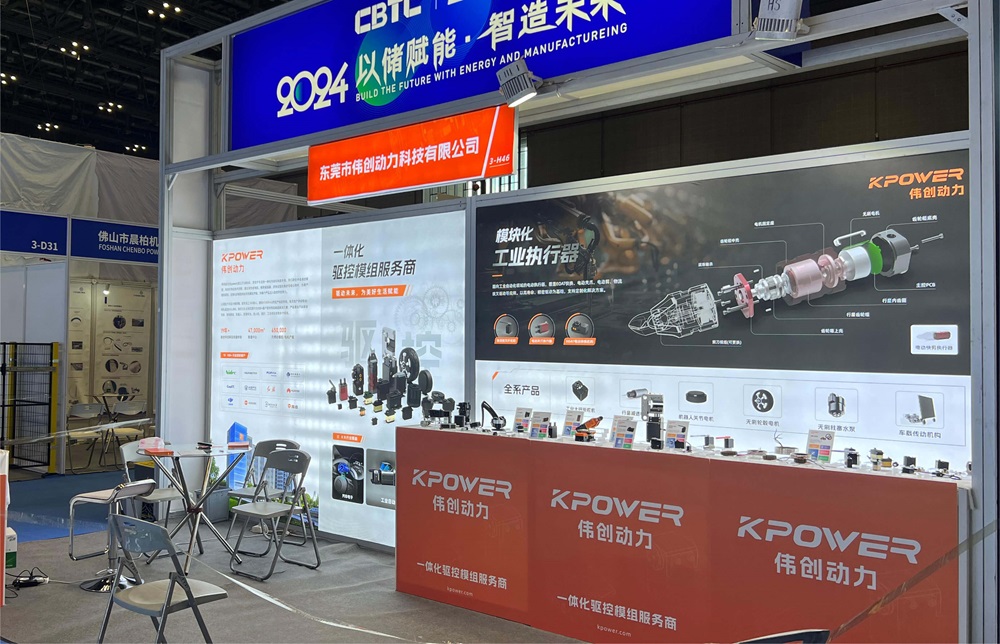part 1:
Imagine a world where machines move with pinpoint accuracy, wires seamlessly orchestrate a symphony of mechanical motion, and your creative ideas spring to life with mere lines of code. Welcome to the fascinating realm of servo motors and Arduino—a universe where precision, innovation, and DIY spirit converge. If you're diving into robotics, automation, or just exploring electronics for the first time, understanding how to connect and control servo motor pins with Arduino is a foundational step that can unlock endless possibilities.

What Are Servo Motors?
Before we delve into the technicalities, let’s clarify what servo motors are. Unlike simple motors that spin continuously, servo motors are precision devices designed to rotate to specific angles within a range, typically 0 to 180 degrees. They include built-in feedback mechanisms and control circuitry that enable these exact movements, making them ideal for applications requiring precise positioning like robotic arms, remote control vehicles, camera pans, or animatronics.
Core Components of a Servo Motor
A standard servo motor usually features three essential pins:
Power (Vcc): Supplies the operating voltage, commonly around 4.8V to 6V. Ground (GND): Completes the circuit, connecting the motor’s ground to the Arduino’s ground. Control Signal: Receives pulse-width modulation (PWM) signals from the Arduino, dictating the position to which the servo arm should move.
Some advanced servos might include additional features or connectors, but these three pins form the core of most common servo motors.
Choosing the Right Servo for Your Project
Selecting the appropriate servo motor depends on your project’s requirements:
Size & Torque: Small servos (like SG90 or MG90S) are perfect for lightweight tasks. Larger ones provide more torque but require more power. Power Needs: Ensure your power supply matches the servo's voltage and current ratings to avoid damage or erratic operation. Control Precision: Some servos offer higher positioning resolution, valuable for precision applications.
Now, the question many beginners face: how do I connect these servo pins to an Arduino? Let’s walk through the basics.
Connecting a Servo Motor to Arduino: The Fundamentals
Materials Needed:
Arduino Uno (or any compatible microcontroller) Servo motor (like the SG90 micro servo) Connecting wires (male-male jumper cables) External power supply (if powering multiple or large servos) Breadboard (optional, for tidy connections)
Basic Wiring Diagram
Here's the typical setup:
Power (Vcc): Connect the servo’s Vcc pin to the 5V pin on the Arduino. For servos that require higher current, use an external power source capable of delivering sufficient current. Ground (GND): Connect GND to both the Arduino GND pin and the negative terminal of your power supply. Control signal: Connect the control pin to a digital PWM-capable pin on Arduino, often pin 9 or 10.
(In an actual article, you'd include a simple diagram illustrating the connections.)
Keep in mind:
Never share grounds between your power supply and Arduino unless you connect all grounds together. The control signal pin is crucial as it receives the PWM signals that determine position.
Power Considerations
For small servos like the SG90, powering directly from the Arduino’s 5V pin is generally acceptable because they draw minimal current (around 200mA). However, if you're controlling multiple servos or larger units, the Arduino’s power output isn't sufficient, and you should use an external power source. This prevents voltage drops that can cause jitter or erratic movements.
Programming the Arduino
Now that you've wired up your servo, it’s time to run the code that makes it move.
A simple yet effective way to control servos is using the Arduino Servo library, which abstracts much of the low-level pulse generation. Here’s a basic example:
#include Servo myServo; // create servo object void setup() { myServo.attach(9); // attaches the servo on pin 9 } void loop() { for (int pos = 0; pos <= 180; pos += 1) { myServo.write(pos); // tell servo to go to position in variable 'pos' delay(15); // waits 15ms for the servo to reach the position } for (int pos = 180; pos >= 0; pos -= 1) { myServo.write(pos); delay(15); } }
This script smoothly rotates the servo from 0 to 180 degrees and back, creating a simple oscillating motion.
Troubleshooting Common Issues
Servo jittering: Usually caused by insufficient power. Use an external power source. No movement: Verify wiring and code. Ensure the control pin matches the pin defined in your program. Servo overheating: Too much current or holding the servo at a position actively can cause heating. Use appropriate servos and avoid stalling the motor.
In summary, understanding your servo’s pins, providing suitable power, making correct connections, and programming with the Arduino Servo library form the core workflow for integrating servo motors into your projects. With this knowledge, you’re well on your way to creating moving robots, automated systems, and artistic installations that can perform with both accuracy and reliability.
(Ready for part two? Let’s move deeper into advanced control techniques, troubleshooting, and integrating multiple servos for complex projects.)
Kpower has delivered professional drive system solutions to over 500 enterprise clients globally with products covering various fields such as Smart Home Systems, Automatic Electronics, Robotics, Precision Agriculture, Drones, and Industrial Automation.




































